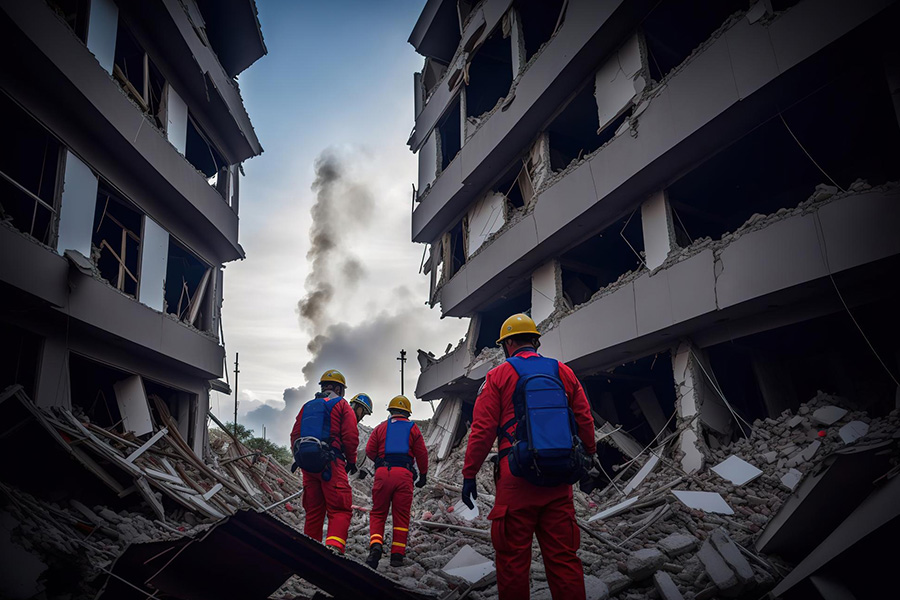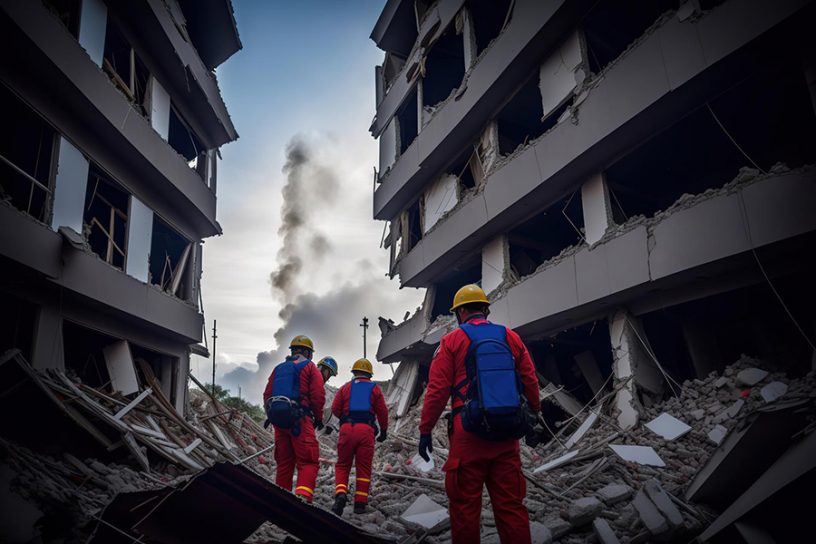
The findings can help healthcare directors to identify more reliable radiology units to turn to during disasters and prevent patient misallocation.
Authors
Arash Moheimani, Department of Information Systems, Supply Chain and Decision making, NEOMA Business School, Mont-Saint-Aignan Cedex, France.
Alessio Ishizaka, Department of Information Systems, Supply Chain and Decision making, NEOMA Business School, Mont-Saint-Aignan Cedex, France.
Seyed Mohammad Hassan Hosseini, Department of Industrial Engineering and Management, Shahrood University of Technology, Shahrood, Iran.
Sachin Kumar Mangla, Full Professor and Director, Research Center for Digital Circular Economy for Sustainable Development Goals (DCE-SDG), Jindal Global Business School, O.P. Jindal Global University, Haryana, India.
Summary
This study presents a new multiple criteria group decision making (MCGDM) sorting method, named G-ARASsort – a new variant of the ARAS ranking method, to address a disaster management assessment problem through a group consensus. MCGDM sorting methods improve a decision-making problem by providing useful and unparalleled insights.
Disaster management is one of the most critical areas of decision-making, where decisions are made under tremendous pressure. Radiology units play a central role in disaster management and the present study establishes a new disaster management assessment framework to assess their disaster readiness.
The proposed method is applied to sort 37 radiology units into four ordered classes, defined through a Delphi panel. The results show that approximately 11% and 14% of the departments placed in the first (best) and the last (worst) classes, respectively.
The findings can help the lower-class units improve their performance by using the upper-class units’ performance as a yardstick. Additionally, healthcare directors can identify more reliable radiology units to turn to during disasters and prevent patient misallocation. A comparative analysis is also conducted to confirm the method’s competency.
Published in: International Journal of Production Research
To read the full article, please click here.


